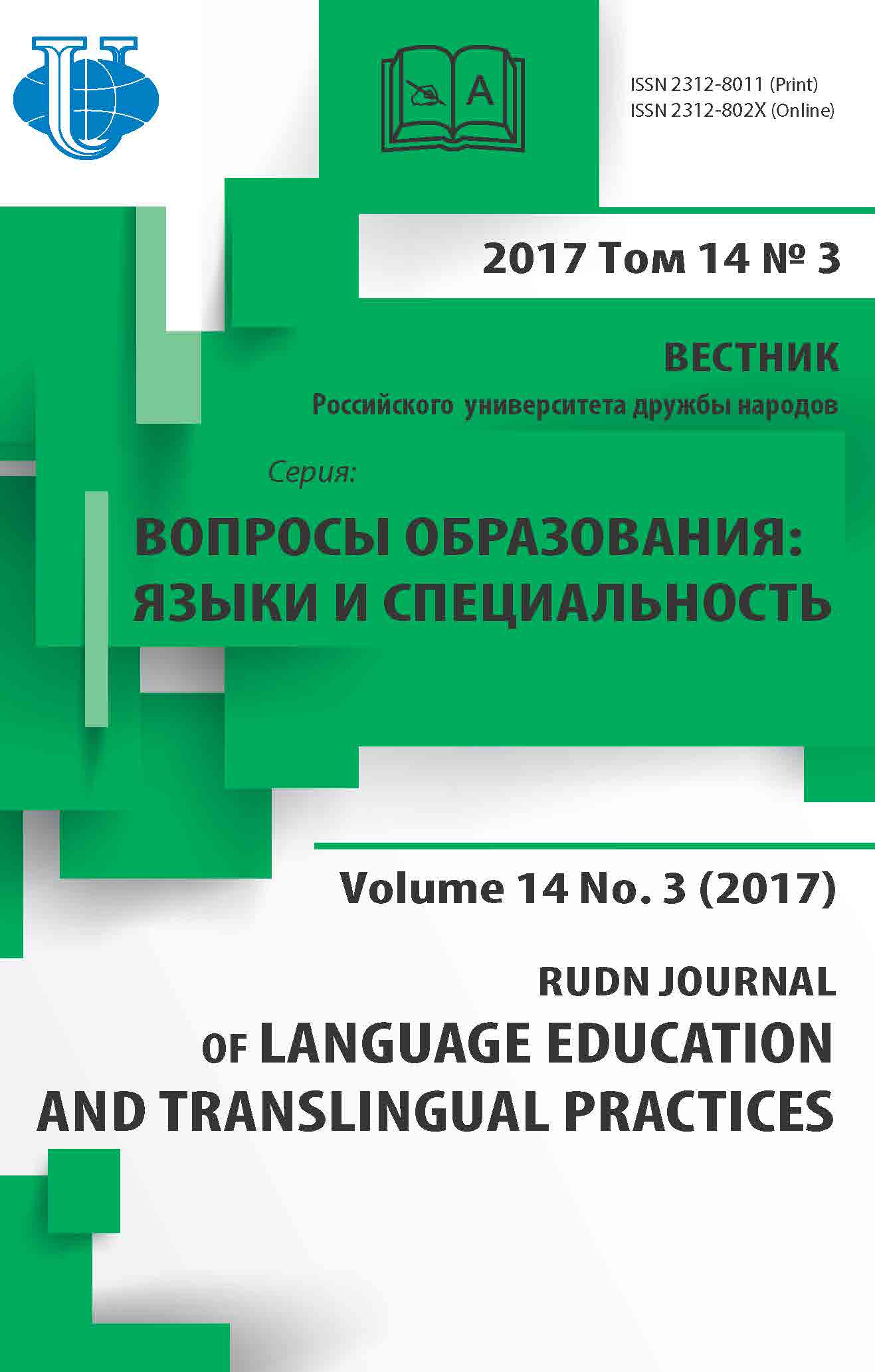LINGUISTIC SITUATION IN ISLAMIC COMMUNITY OF RUSSIA
- Authors: Aleksandrova OI1
-
Affiliations:
- Peoples’ Friendship University of Russia
- Issue: Vol 14, No 3 (2017)
- Pages: 369-374
- Section: LANGUAGES IN CONTACT: THEORY AND PRACTICE
- URL: https://journals.rudn.ru/polylinguality/article/view/17051
- DOI: https://doi.org/10.22363/2312-8011-2017-14-3-369-374
Cite item
Full Text
Abstract
The article deals with the problem of linguistic situation in RF Islamic community. The object of the research is Islamic discourse as a type of religious discourse, characterized by diglossia, that is understood as simultaneous use of two languages in different functional areas. In islamic polyethnic community in Russia it is possible to tell about polyglossia, since RF Moslems of different nationalities use not only sacral Arabic and their national languages but also Russian, that has a status of official language used by members of Islamic community. Using of a particular language depends on the type of communication in the religious discourse. Communication with God through namaz and reading sacred texts is possible only in Arabic. Personal and group communication is usually carried out in national language, including Russian. Mass communication on the institutional level is carried out in Russian through media. Russian language used by Spiritual Directorates of the Muslims helps to unite RF polyethnic Islamic community that tends to be tolerant and dovish.
About the authors
O I Aleksandrova
Peoples’ Friendship University of Russia
Author for correspondence.
Email: alexandrova_oi@pfur.ru
Alexandrova Oksana Ivanovna is a PhD in Russian Language, is Assistant-professor at General and Russian Linguistics Department of Peoples Friendship University of Russia (RUDN University), Moscow, Russia
Miklukho-Maklaya str., 10-2 A, Moscow, Russia, 117198References
- Baranov H.K. Arabsko-russkij slovar’ [Arabic-Russian Dictionary]: Ok. 42000 slov. 6-e izd., stereotip. Moskva: Rus. jaz., 1985. 944 s.
- Kobishhanov Ju. Musul’mane Rossii, korennye rossijskie musul’mane i russkie musul’mane [Muslims of Russia, Aboriginal Muslims of Russian and Russians Muslims.] (okonchanie). Rossija i musul’manskij mir. № 11. Moskva: Izd-vo Instituta nauchnoj informacii po obshhestvennym naukam RAN, 2003. S. 24—48.
- Gerejhanov G.P. Musul’manskaja umma v fokuse social’no-filosofskogo analiza. Ch. 2. Istoriko-kul’turnye aspekty formirovanija musul’manskoj ummy v Rossii [Muslim Umma in a Focus of Social and Philosophical Analysis. Part 2. Historical and Cultural Aspects of Muslim Umma Forming in Russia]. Jelektronnoe nauchnoe izdanie Al’manah Prostranstvo i Vremja. T. 2. Vyp. 1.
- URL: http://www.j-spacetime.com (date 16.09.2016).4. Magomedova T.I. Tipologicheskaja kartina dvujazychija v Dagestane: istorija i sovremennoe sostojanie [Typology of Bilingualism in Dagestan: Past and Current Situation]. Rhema. Rema № 12. Moskva: Izd-vo MPGU, 2011. S. 28—34.
- Ahmanova O.S. Slovar’ lingvisticheskih terminov [Dictionary of Linguistic Terms]. M.: Sov. Jenciklopedija, 1966. 606 s.
- Prohvatilova O.A. Jekstralingvisticheskie parametry i jazykovye harakteristiki religioznogo stilja [Non-linguistic Parameters and Language Features of Religious Style]. Vestnik Volgogradskogo gosudarstvennogo universiteta. Serija 2. Jazykoznanie. 2006. S. 19—26.















